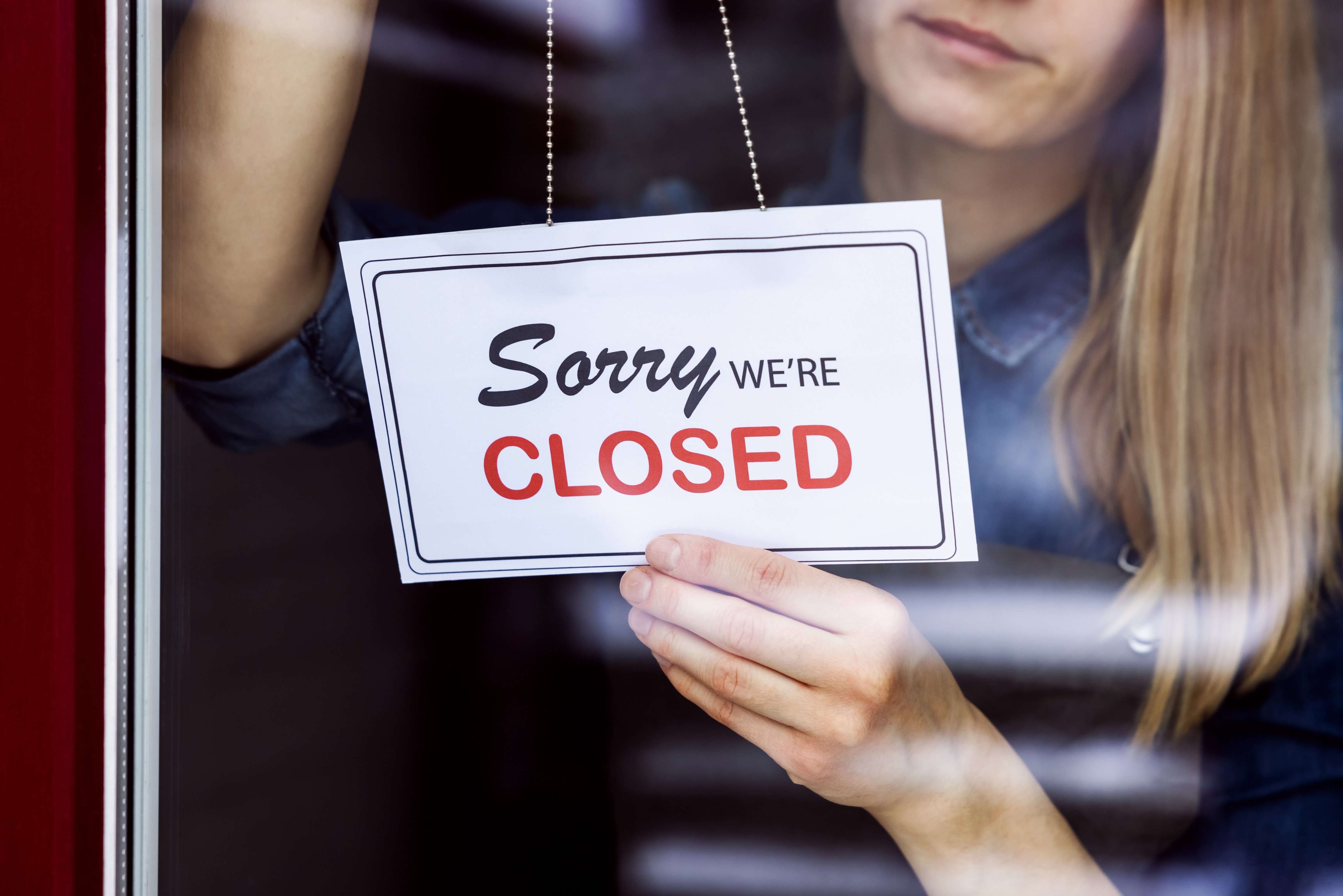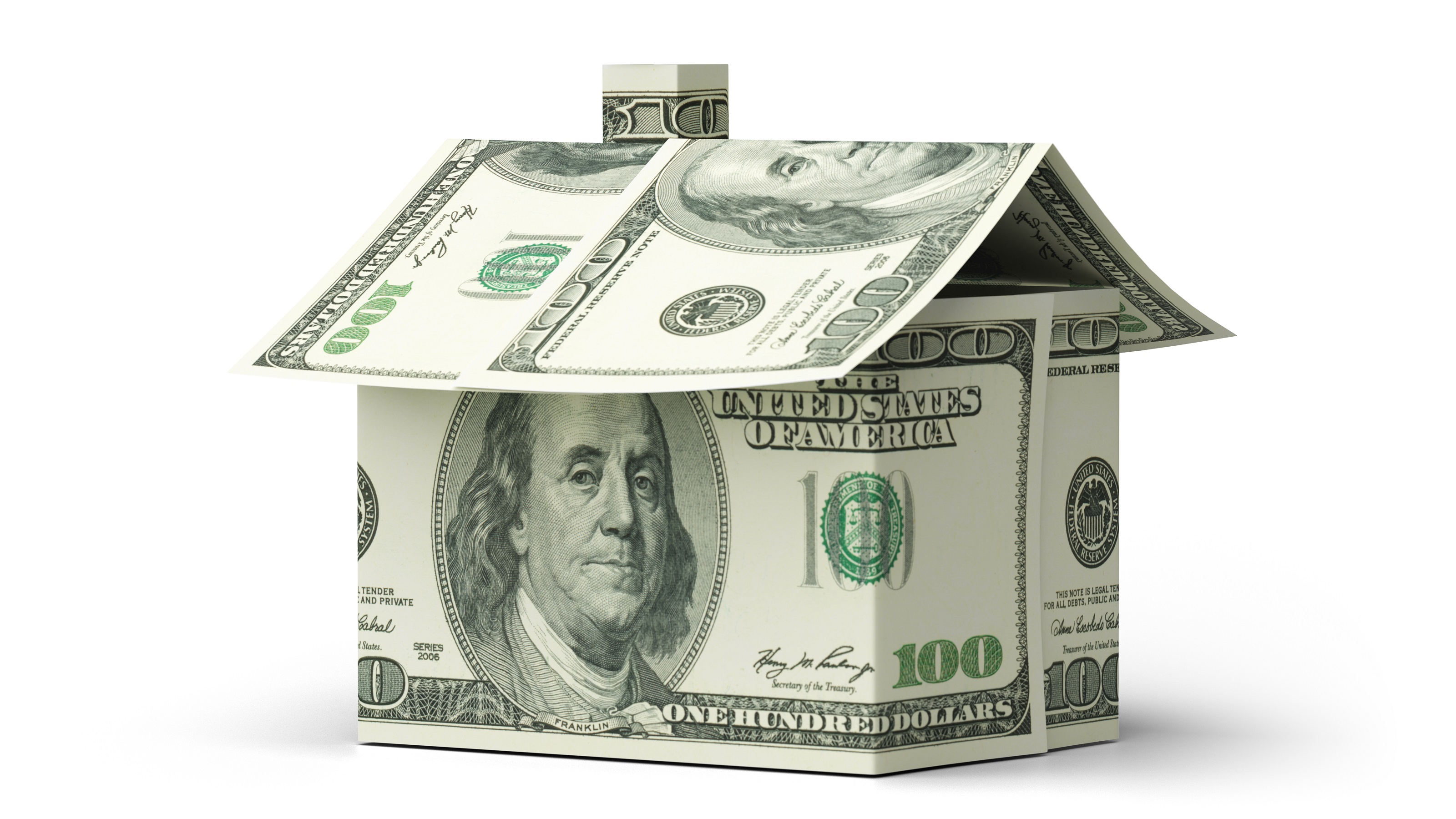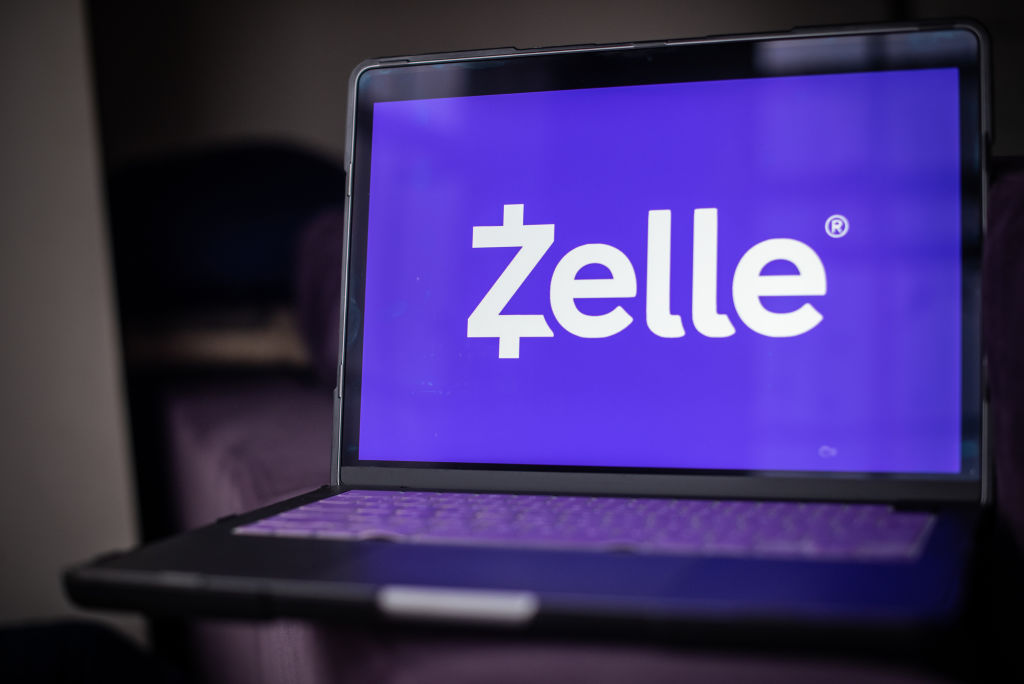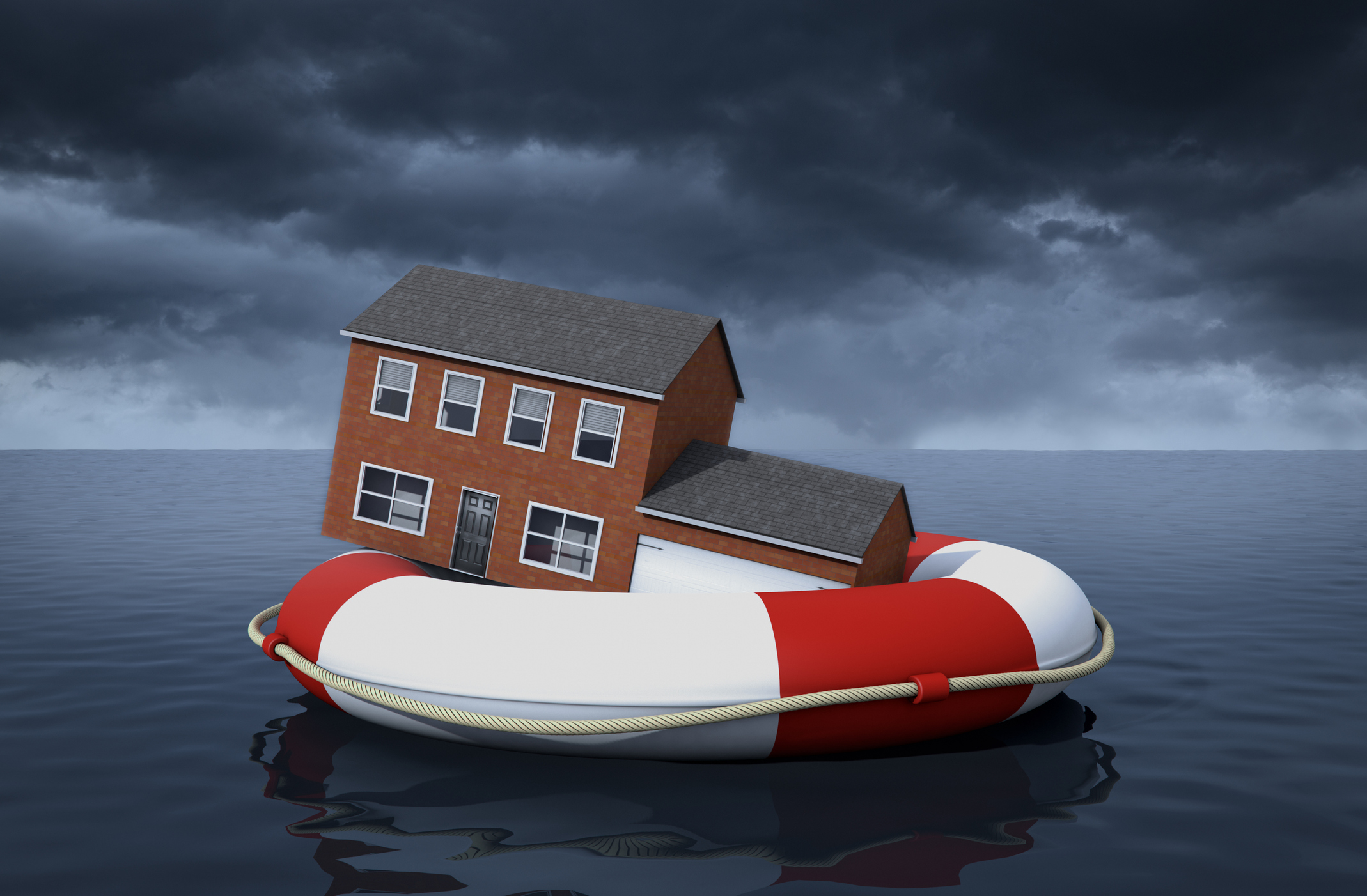The Thermostat Setting That Will Save You Money This Winter
The right thermostat setting can keep your home cozy while cutting your energy bill.

Finding the ideal thermostat setting becomes an urgent question for many Americans as temperatures fall each winter. The instinct to raise the temperature on the thermostat sets in the second you get that first blast of chill air.
But there's a price to pay — literally — for the luxury of getting your home warm enough to wear a T-shirt indoors. And while climate change is making summers hotter, it also contributes to extreme weather in the winter, researchers say, and you shouldn't let the surprise of a polar vortex drive up your energy bill.
So, how do you choose between your comfort and your rising bills? You can stop arguing with your family about where to set the thermostat: There is an objective ideal middle ground, according to energy efficiency experts.

Sign up for Kiplinger’s Free E-Newsletters
Profit and prosper with the best of expert advice on investing, taxes, retirement, personal finance and more - straight to your e-mail.
Profit and prosper with the best of expert advice - straight to your e-mail.
What's the ideal thermostat setting?
The U.S. Department of Energy (DoE) recommends that you set your thermostat at 68° to 70° F for the majority of each winter day. This is the temperature they recommend while you are home and active around the house, which will give a comfortable level of heat while insulating you against hefty energy bills.
You can save even more by turning the temperature down while you're out of the home or asleep. If possible, the DoE recommends you designate eight hours every day to reduce the temperature by between 7 and 10 degrees. This routine could cut your energy bills by up to 10%.
Smart thermostats, like the Google Nest, are fairly easy to set up and can help establish heating routines that will cut down your bill. Plus, if you leave the house for the day and forget to change the temperature, you can do it from your phone with a smart thermostat.
The goal should be to shrink the difference between outdoor and indoor temperatures as much as possible while maintaining your comfort level inside your home.
Heat pump limitations
If you have a heat pump, you may not be able to adopt this cost-cutting strategy of altering your temperature throughout the day. This is because when a heat pump is in its heating mode, setting back its thermostat can cause the unit to operate inefficiently, thereby canceling out any savings achieved by lowering the temperature setting.
The DoE recommends maintaining a moderate temperature setting throughout the day as the most cost-effective strategy for heat pump owners. However, if you're interested in more precise temperature control, you can consult a heating, ventilation, and air conditioning (HVAC) specialist regarding a special heat pump thermostat that can enable more precise temperature control.
For more energy-saving content, check out our home savings hub.
Other options to save on energy bills
The ideal thermostat temperature isn't going to help if you don't give it help. Namely, you want to take time throughout the year to check the insulation of your home and look for air leaks around doors and windows. A tube of caulk (~$4) and a scraper (~$5) can both save money on your utility bills and keep you more comfortable during the winter if you use them to plug up air leaks.
A slightly larger-scale project is to get an energy audit from a professional, who can tell you where your house is not being efficient. An assessment can cost a few hundred dollars, depending on your home, but if you're staying there for the long-term, it could help to save on costs in the winter and in the summer.
Related content
Get Kiplinger Today newsletter — free
Profit and prosper with the best of Kiplinger's advice on investing, taxes, retirement, personal finance and much more. Delivered daily. Enter your email in the box and click Sign Me Up.

Ben Demers manages digital content and engagement at Kiplinger, informing readers through a range of personal finance articles, e-newsletters, social media, syndicated content, and videos. He is passionate about helping people lead their best lives through sound financial behavior, particularly saving money at home and avoiding scams and identity theft. Ben graduated with an M.P.S. from Georgetown University and a B.A. from Vassar College. He joined Kiplinger in May 2017.
-
 How to Get Apple TV Plus for just $2.99
How to Get Apple TV Plus for just $2.99For a limited time, you can get three months of Apple TV Plus for just $2.99 per month. Here’s how to get the deal.
By Rachael Green Published
-
 Stock Market Today: Stocks Surge to Close a Volatile Week
Stock Market Today: Stocks Surge to Close a Volatile WeekIt was another day with a week's worth of both news and price action, but it ended on a strongly positive note.
By David Dittman Published
-
 How to Get Apple TV Plus for just $2.99
How to Get Apple TV Plus for just $2.99For a limited time, you can get three months of Apple TV Plus for just $2.99 per month. Here’s how to get the deal.
By Rachael Green Published
-
 Don’t Panic About the “Retail Blackout” – See Which Stores Are Closing (and Which Aren’t) for Easter 2025
Don’t Panic About the “Retail Blackout” – See Which Stores Are Closing (and Which Aren’t) for Easter 2025Dozens of major retailers are planning to close their doors on April 20. Find out which of your go-to stores are on the list.
By Rachael Green Published
-
 Home Insurance: How to Cut Costs Without Losing Coverage
Home Insurance: How to Cut Costs Without Losing CoverageNatural disasters are causing home insurance premiums to soar, but don't risk dropping your coverage completely when there are ways to keep costs down.
By Jared Elson, Investment Adviser Published
-
 Why Homeowners Insurance Has Gotten So Very Expensive
Why Homeowners Insurance Has Gotten So Very ExpensiveThe home insurance industry is seeing more frequent and bigger claims because of weather, wildfires and other natural disasters.
By Karl Susman, CPCU, LUTCF, CIC, CSFP, CFS, CPIA, AAI-M, PLCS Published
-
 Zelle App Shut Down? Why Zelle Has Discontinued Its App
Zelle App Shut Down? Why Zelle Has Discontinued Its AppWith the Zelle app shut down, learn how you can still use Zelle and which other mobile payment apps you might want to consider.
By Paige Cerulli Published
-
 Use This 1-Year CD if You’ll Owe Taxes Next Year
Use This 1-Year CD if You’ll Owe Taxes Next YearA one-year CD allows you to set money aside now for taxes you'll owe next year. We'll show our best choice.
By Sean Jackson Published
-
 How to Lower Home Insurance Rates When Climate Change Increases Costs
How to Lower Home Insurance Rates When Climate Change Increases CostsA top insurer warns the damage climate change causes is making it cost-prohibitive for insurers in some areas. Learn how to protect your home and lower costs.
By Sean Jackson Published
-
 Stick to the Plan: Don't Panic During Economic Uncertainty
Stick to the Plan: Don't Panic During Economic UncertaintyTake a breath and step back. Focus on a solid fiscal foundation to stabilize your investments during stock market volatility.
By Eric Lahaie, CFS®, RICP® Published